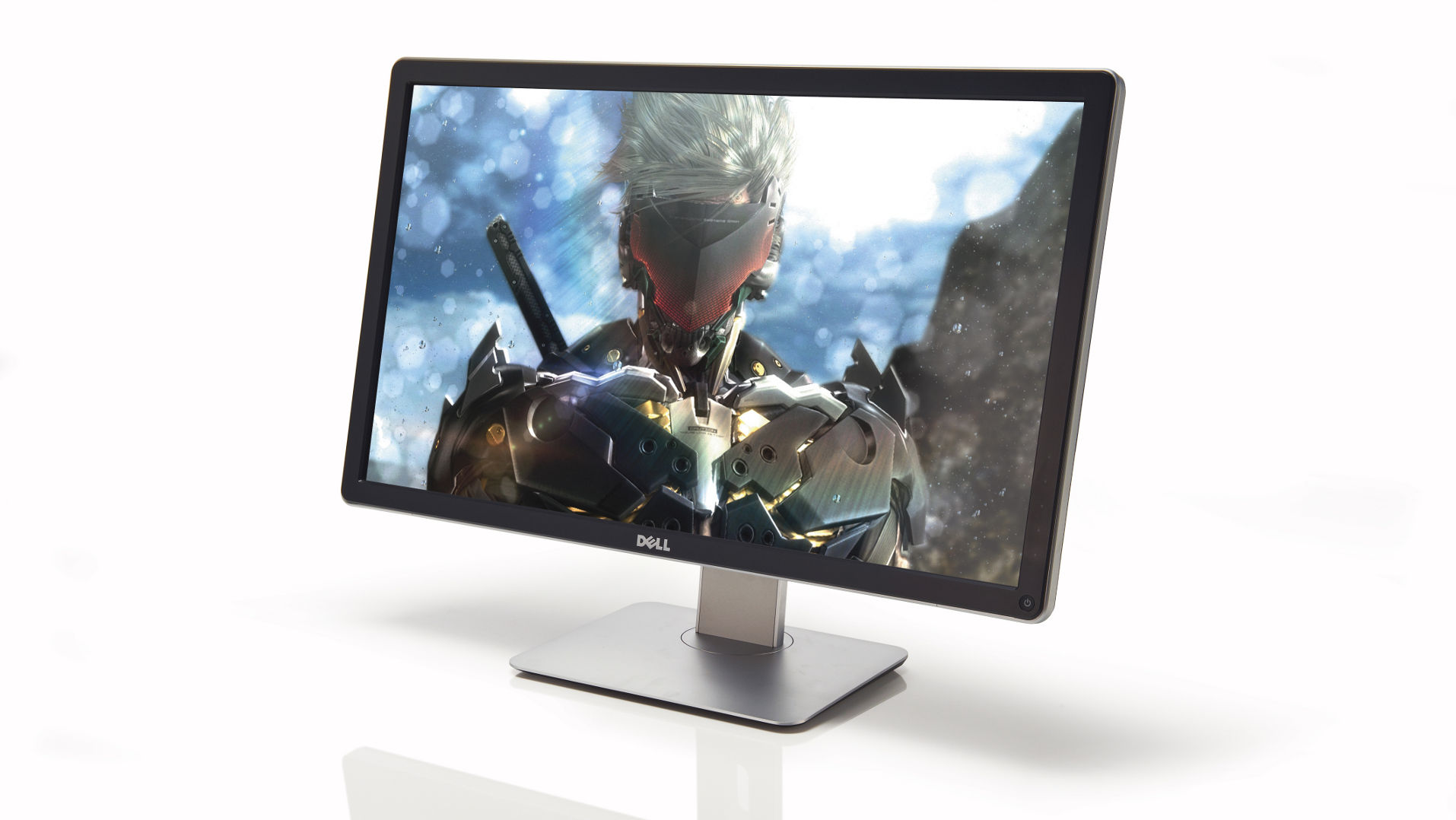Why you can trust TechRadar
As for broader specifications, we are in a transitional period regards our understanding of these latest super-high res panels. Dell, for instance, does detail the panel type as IPS where the larger Asus is said to use an IGZO panel.
However, our understanding of IGZO is that it's a distinction in terms of the semi-conductor circuitry in the panel, the materials used therein. In other words, not the pixels or type of liquid crystal technology as per IPS, VA or TN. Put another way, can you have a panel that is both IPS and IGZO. If we had to guess, we'd say the Asus is just that.
Similarly, we've seen reference to the Dell being IGZO, too. So perhaps it too is both IPS and IGZO. In the end, it may not really matter. It's what the display looks like, not what it says in the spec list that actually counts.
Anyway, the UP2414Q's metrics are typical IPS fare. So, that's 178 degree viewing angles for both the horizontal and vertical. Likewise the claimed static contrast of 1,000 to one is very much par for the IPS course. And, again, the UP2414Q's 8ms quoted response is the same as other cutting edge IPS panels.
Of course, all of that means there are some superior options some measures. IPS technology is all the rage, especially since Apple started promoting it extensively. But the truth is, TN technology is better for pixel response and VA panels offer far superior contrast. Overall, IPS is still the best compromise. Just don't fall into the trap of assuming it's universally superior. It ain't.
Elsewhere, there's an LED backlight and brightness rated at 350cd/m2 and a super-fine pixel density of 185PPI. As for inputs, we're talking one HDMI, one DisplayPort and one Mini Displayport. Thanks to the super-high resolution, it's only the DisplayPort that offers full native operation. The problem is that HDMI 1.x doesn't do 4K resolutions at the 60Hz refresh rates you need for smooth frame rates. HDMI 1.4 is limited to 30Hz. Only with HDMI 2.0 can you have 4K at 60Hz.

Of course, you'll need HDMI 2.0 compliance at the output end. But the good news is that most recent performance graphics cards sport DisplayPort. The HDMI issues with 4K are largely a problem for HDTVs.
Sign up to the TechRadar Pro newsletter to get all the top news, opinion, features and guidance your business needs to succeed!
Finally, there's a fully adjustable chassis, with tilt, rotate, swivel and height tweakability. And that pretty much sums Dell's new 4K effort on paper. What's it actually like to look at? Utterly stunning is the first impression. Even the epic Asus can't match the crispness and sharpness that's a result of cramming all those pixels into a relatively small panel.
So just like super-high DPI phones and tablets, you almost don't feel like you are looking at an active display. You essentially can't see individual pixels, they're simply too small. That gives the UP2414Q a wonderfully seamless feel.
The colours are gorgeous, too, though admittedly no more so than any high-end IPS screen. They all look spectacular these days. The same goes for the results in our objective image quality test. Gradient rendering, viewing angles, white and black scales: all immaculate and super sexy, just like other pricey IPS screens.
Then there's actually using this 4K beauty for multimedia larks. Not that there's much 4K video content to watch. But what there is… by science, it's utterly beautiful. It more or less ruins you for standard 1080p HD content. Once you've seen 4K, there's no going back.
Technology and cars. Increasingly the twain shall meet. Which is handy, because Jeremy (Twitter) is addicted to both. Long-time tech journalist, former editor of iCar magazine and incumbent car guru for T3 magazine, Jeremy reckons in-car technology is about to go thermonuclear. No, not exploding cars. That would be silly. And dangerous. But rather an explosive period of unprecedented innovation. Enjoy the ride.
